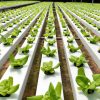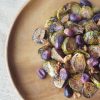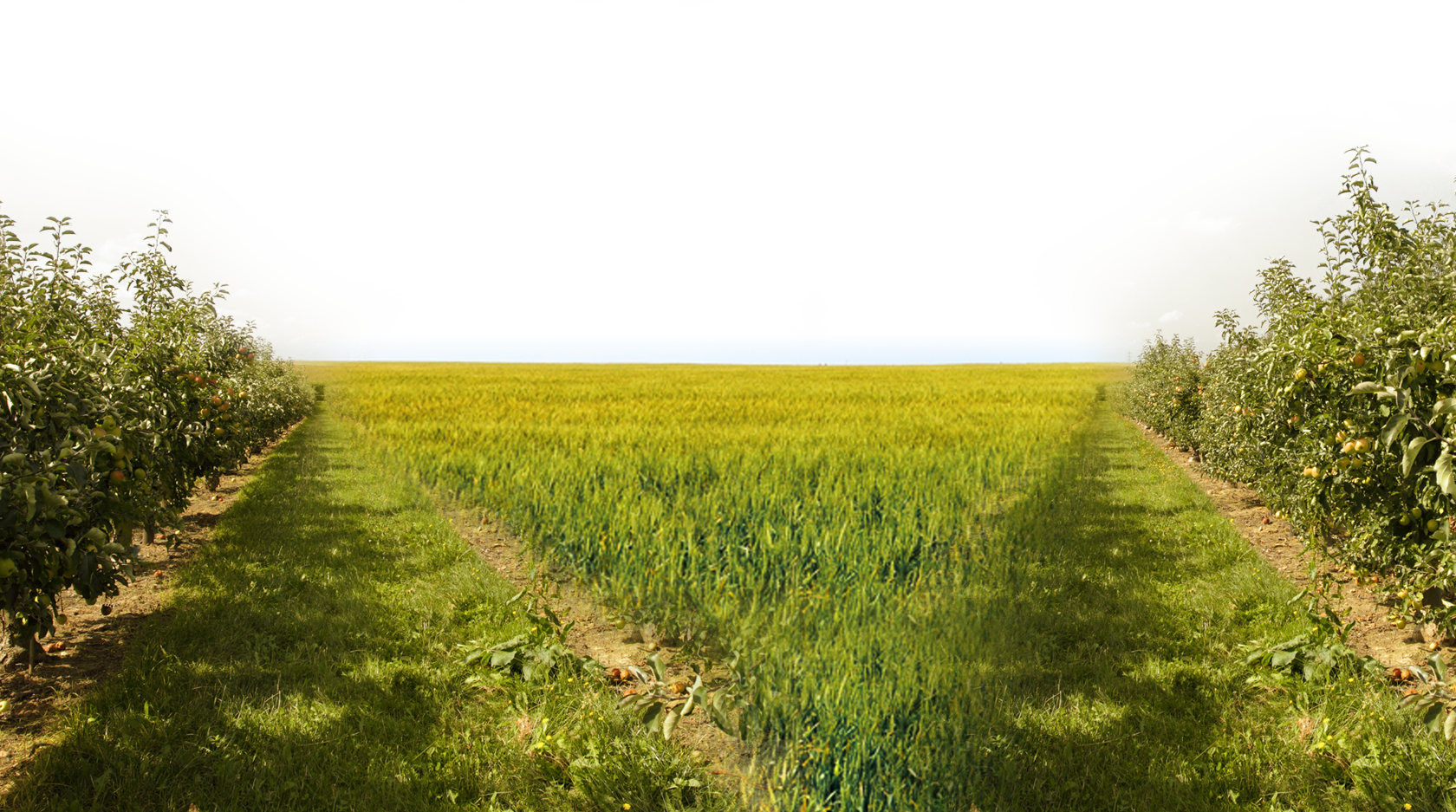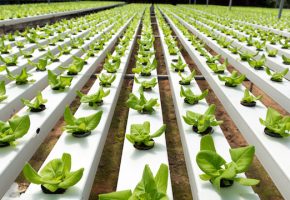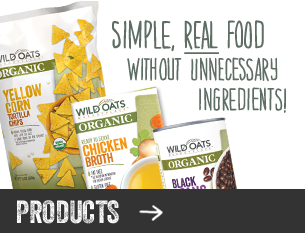
The Surprising Truth About Frozen Fruits and Veggies
By Linda Bonvie | 0 Comments | Posted 02/02/2016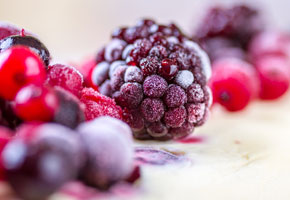
Are frozen fruits and frozen veggies as good as fresh?
NO… they’re often better!
The science behind modern fast-freeze processing has led to frozen produce maintaining natural taste and texture, while preserving the lion’s share of its nutritional benefits – despite being plunged to 15 degrees (F) below zero.
Studies have shown that freezing, as a long-term preservation for fruits and vegetables, retains the taste, texture, and nutritional value better than any other preserving method, including canning and dehydration. Freezing also thwarts the growth of microorganisms while offering long storage periods.
But how can such a traumatic change in temperature allow a frozen product to approach the excellence of fresh? To answer that, simply look to the harvest.
A mandate followed by all fast-freezing processors is to begin with only the finest, freshest, blemish-free, field-ripened crops. It was discovered very early on that the freezing method of preservation has a way of essentially highlighting the slightest flaw in a product. A flaw-free product is part and parcel of the process.
Another demand of the freezing process is allowing produce to reach the height of ripeness, meaning crops have achieved maximal flavor and nutritional potential.
While one might think such mandates would doubly apply to fresh produce — heading straight to the marketplace — it’s seldom so. In fact, “fresh” is often no bargain.
Market-bound “fresh” produce must immediately face two enemies: time and travel.
In an effort to get a jump on time, producers will routinely pick “fresh” crops before they’re fully ripened. While such crops will attain some degree of added ripeness after harvesting, they’ll never reach their full nutritional maturity.
But there’s no way around having to transport produce long distances. Many fresh products are in it for the long haul; hundreds if not thousands of miles. In that respect, a lot of winter fruits and veggies suffer from serious “jet lag.”
That’s where the freezing process comes in, offering produce with quality that is essentially frozen in time — a perfect alternative to winter produce that has seen better days.
Tips: Frozen fruits should be slowly thawed in the refrigerator, and served with a few ice crystals still in the center. Vegetables should be cooked without thawing first; you can either microwave or pan cook them, but always with as little water as possible to retain nutritional value. Enjoy!


 Contact us
Contact us






